Not many people have heard of Walsingham in the U.K. and even less people know of it overseas and yet around 900 years ago it would have been one of the most famous pilgrimage points in the known world. Situated only 130 miles from London but even today much more isolated and harder to get to than places much further way, one can only imagine what pilgrims felt as they traversed the isolated and often dangerous roads to get to this tiny Norfolk village.
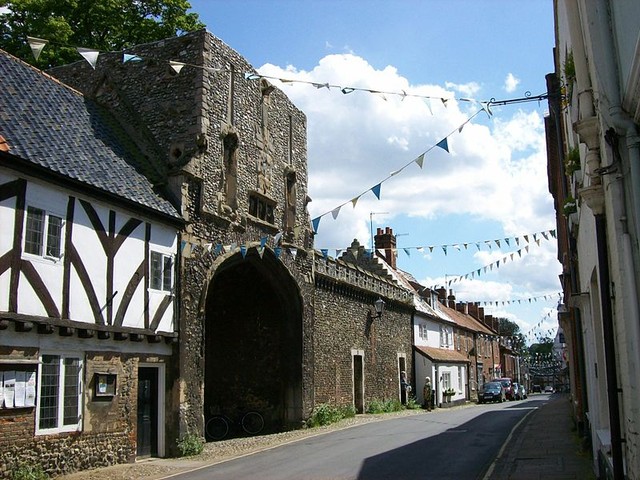
It all goes back to even before the Normans when in 1061, according to the Walsingham legend, a Saxon noblewoman by the name of Richeldis de Faverches, had a vision of the Virgin Mary in which she was instructed to build a replica of the house of the Holy Family in Nazareth in honour of the Annunciation.
When it was built, the Holy House in Walsingham was panelled with wood and contained a wooden statue of an enthroned Virgin Mary with the child Jesus seated on her lap. Among its relics was a phial of the Virgin’s milk. It didn’t take long until Walsingham became one of northern Europe’s great places of pilgrimage and remained so through most of the Middle Ages.
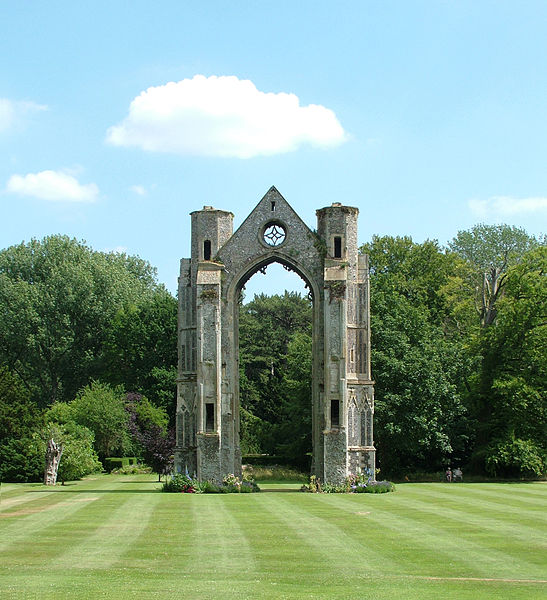
A priory of Canons Regular was established on the site in 1153, a few miles from the sea in the northern part of Norfolk and it grew in importance over the following centuries. Founded in the time of Edward the Confessor, the Chapel of Our Lady of Walsingham was confirmed to the Augustinian Canons a century later and enclosed within the priory. From the first, the shrine was a famous place of pilgrimage and the faithful came from all parts of England and the Continent until the destruction of the priory under King Henry VIII in 1538. To this day the main road of the pilgrims through Newmarket, Brandon and Fakenham is still called the Palmers’ (Pilgrims’) Way.
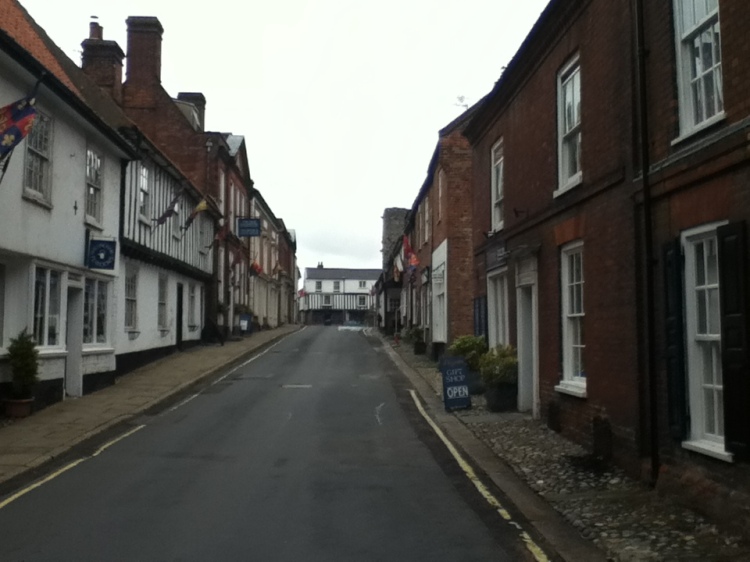
Many were the gifts of lands, rents and churches to the canons of Walsingham and many were the miracles sought and claimed at the shrine. Several English kings visited the shrine, including Henry III, Edward I, Edward II, Edward III, Henry VI, Henry VII and finally even Henry VIII who like many today walked the final miles from a nearby church but would later be responsible for its destruction when the shrine and abbey perished in the Dissolution of the Monasteries. At least two of Henry VIII’s wives — Catherine of Aragon and Anne Boleyn made pilgrimages too and it was a place where miracles would occur much like Lourdes in France today.
In 1537 while the last Prior, Richard Vowell, was paying obsequious respect to Thomas Cromwell, the Sub-Prior, Nicholas Milcham, was charged with conspiring to rebel against the suppression of the lesser monasteries and, on flimsy evidence, was convicted of high treason and hanged outside the Priory walls. Eleven people in all, including two lay choristers who had been instrumental in organising the revolt were hanged, drawn and quartered. What they feared would happen came the following year. In the July Prior Vowell assented to the destruction of Walsingham Priory and assisted the king’s commissioners in the removal of the figure of Our Lady and many of the gold and silver ornaments and in the general spoliation of the shrine.
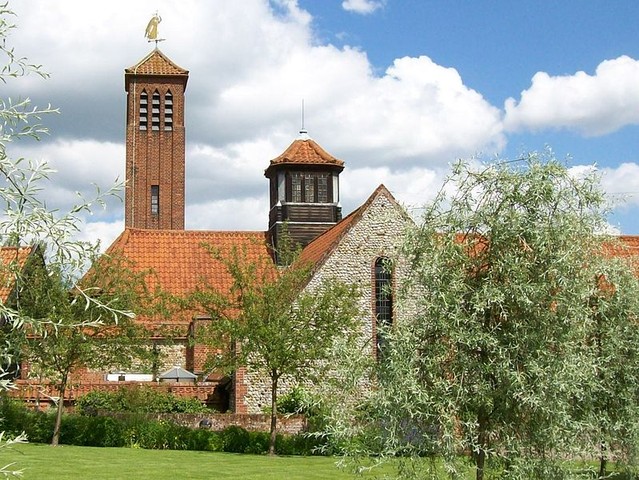
As a thanks from King Henry VIII for his eagerness to comply, the Prior received a pension of 100 pounds a year which would be an extremely large sum for the time. Fifteen other canons received pensions varying from four to six pounds. With the shrine dismantled and the priory destroyed, the site was sold by order of Henry VIII to Thomas Sidney for 90 pounds and a private mansion was subsequently erected on the spot. Gold and silver from the shrine was taken to London along with the statue of Mary and Jesus which was later burnt.
The fall of the monastery gave rise to the anonymous Elizabethan ballad, The Walsingham Lament, on what the Norfolk people felt at the loss of their Shrine of Our Lady of Walsingham. The ballad includes the lines:
-
Weep Weep O Walsingam,
-
Whose dayes are nights,
-
Blessings turned to blasphemies,
-
Holy deeds to despites
-
Sinne is where our Ladye sate,
-
Heaven turned is to helle;
-
Satan sitthe where our Lord did swaye,
-
Walsingham O farewell!
It’s interesting today when visiting Norfolk as I often do how so many of the churches in isolated areas still seem strikingly more Catholic in their decoration than more accessible areas, perhaps because the soldiers from London couldn’t easily impose the new laws or maybe it is just that the villagers and clergy didn’t care much for what the King said and would hide objects when they knew the soldiers were on the way only to replace everything and keep their more traditional .

For several centuries Walsingham reverted back to being the sleepy village that it so naturally is. Those who came on a pilgrimage to Walsingham would have to do so in secrecy and things pretty much stayed the same way until the 19th century when rules against Catholicism were largely removed. Then in 1896 Charlotte Pearson Boyd purchased the fourteenth-century Slipper Chapel, which had seen centuries of secular use, and set about its restoration. Originally the Slipper Chapel was built in 1340, a mile outside Walsingham and was the final chapel enrolee to Walsingham. From here many pilgrims would remove their shoes to walk the final mile.
In 1897 Pope Leo XIII re-established the restored 14th century Slipper Chapel as a Roman Catholic shrine, now the centre of the National Shrine of Our Lady of Walsingham and it didn’t take long for the Church of England to come round to the idea with Father Alfred Hope Patten SSC, appointed as Vicar of Walsingham in 1921 who wanted to bring back interest in the pre-Reformation pilgrimage. It was his idea to create a new statue of Our Lady of Walsingham based on the image depicted on the seal of the medieval priory. In 1922 the statue was set up in the Parish Church of St Mary and regular pilgrimage devotion followed. From the first night that the statue was placed there, people gathered around it to pray, asking Mary to join her prayers with theirs.
Throughout the 1920s the trickle of pilgrims became a flood of large numbers for whom, eventually, the Pilgrim Hospice was opened (a hospice is the name of a place of hospitality for pilgrims) and, in 1931, a new Holy House encased in a small pilgrimage church was dedicated and the statue translated there with great solemnity. In 1938 that church was enlarged to form the Anglican Shrine of Our Lady of Walsingham.

There are a number of chapels open for the use of Christians from other denominations around the Holy House though the Orthodox Church also has its own dedicated church at St Seraphim complete with a trademark Russian style Onion dome roof. The building itself used to be the old train station.
Over 100,000 pilgrims now visit Walsingham each year and its number is growing as are the modern facilities to cope with them. The village itself though retains is slow paced outlook on life with a few traditional food markets, pubs and restaurants as well as some shops selling everything a pilgrim or indeed antique collector could need.
I first went to North Norfolk only 4 years ago and Walsingham only around 2 years ago but it instantly became one of my favourite places and I have re-visted several times since enjoying the beautiful countryside, tiny pretty villages, impressive and dilapidated churches, lack of people and the long sandy beaches ever since.
Last week I was fortunate to return as my private tours company Ye Olde England Tours had a booking two take a couple there from Tennessee. It is about a 2 hour 30 minute drive by car from central London allowing for a break in Thetford Forest along the way. We arrived before 10am and so stopped off at churches in two neighbouring villages on the way. The peacefulness and serenity was enticing to us all as the spring flowers blossomed and only the noise of birdsong and wind in the trees could be heard.
My two guests were members of the Anglican church and so we immediately headed there and explored the complex before sitting in on a service given by the wonderful Bishop there. We stayed there for around an hour before crossing the road to enjoy an incredibly tasty pub cooked dinner and then after a brief shop drove the mile or so to the Roman Catholic Slipper Chapel, most pilgrims do tend to visit the churches and chapels of all the denominations they can and it’s hard to imagine anyone coming to Walsingham getting headstrong about which church they visit especially as they all seem to work together here.
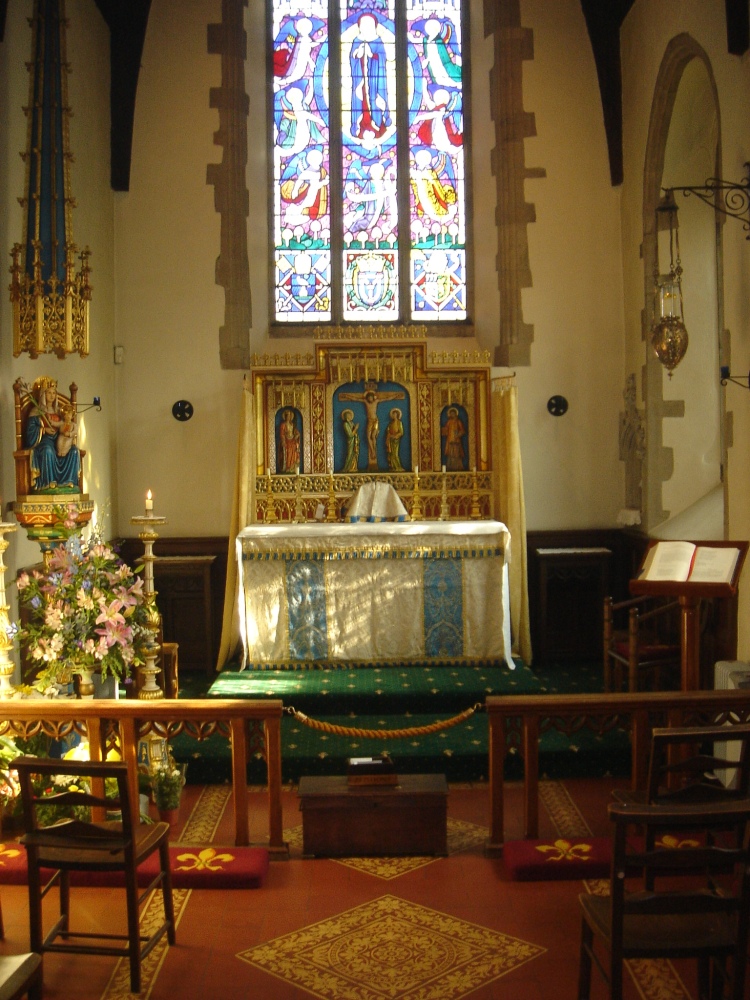
My guests had been waiting to visit Walsingham their own lives and I wasn’t quite prepared at hoe emotional it would be for them. Once we’d visited the growing Catholic visitors centre, they took the decision to walk back bare-footed something that was particularly brave as the farmers were trimming all the hedges and the road way was covered in branches and thorns. I guess for parts they walked along the grass banks as I know that they enjoyed seeing the sheep and lambs in the field.
Whist they were walking back, I took the opportunity to visit a wonderful farmers market shop in Walsingham and managed to bring back a variety of local cheeses, meats, pies and drinks back home. My guests missed the second church service they had hoped to attend, perhaps their large roast dinner slowed them down a little or maybe it was all the things they bought in the shops including some antiques and incredible wooden statues.
They told me that even though they had visited the U.K. 4 or 5 times before, this was not only the best day of all those holidays but one of the most amazing of their lives. With our cars laden, our purses emptied and our souls cleansed we reluctantly made our way back to London with the first hour or so of the journey being through some beautifully scenic countryside.
I can’t wait to return there and lucky for me, I have two visitors booked from Australia for a trip there at the end of June. Perhaps you’d like to visit too one day, it would be a shame for me to go on my own!!
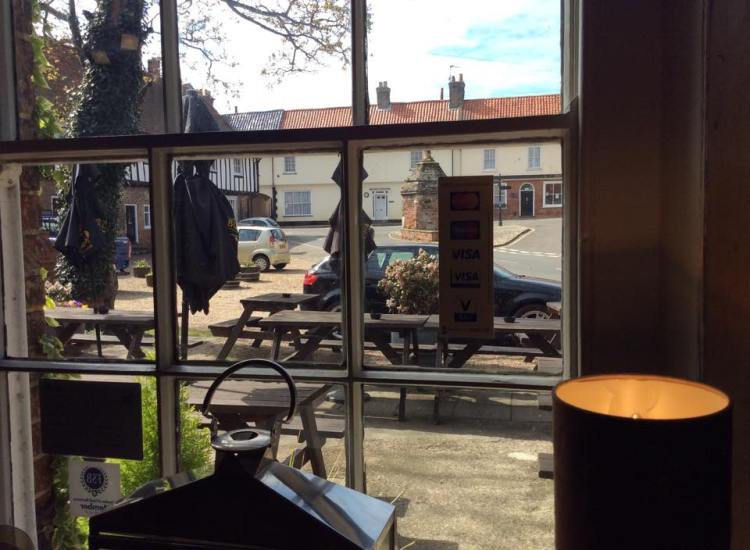
Another great post. Many thanks. Walsingham definately has to be on my list of places to visit next time i’m in the uk. Here in Italy they don’t seem to realise how lucky they are as they didn’t have to suffer the reformation Taliban forces. There’s the Madonna’s house in Loreto, for example, and nearby Lucca has its own copy of that house. (See my post about it at: https://longoio.wordpress.com/2013/06/08/baroque-sublimity/ )
LikeLike
Ah, wish I could visit. This sounds so peaceful and beautiful. Visit? I’d love to live there!
LikeLiked by 1 person
Another fascinating post Stephen. I had no idea about Walsingham – I have put it on my ever-growing list of places to visit!
LikeLike
Everything is so beautiful, Stephen. I like the sound of the Slipper Chapel. It seems like it belongs in a fairy tale. That’s wonderful your guests had such a memorable time on their tour with you.
LikeLike